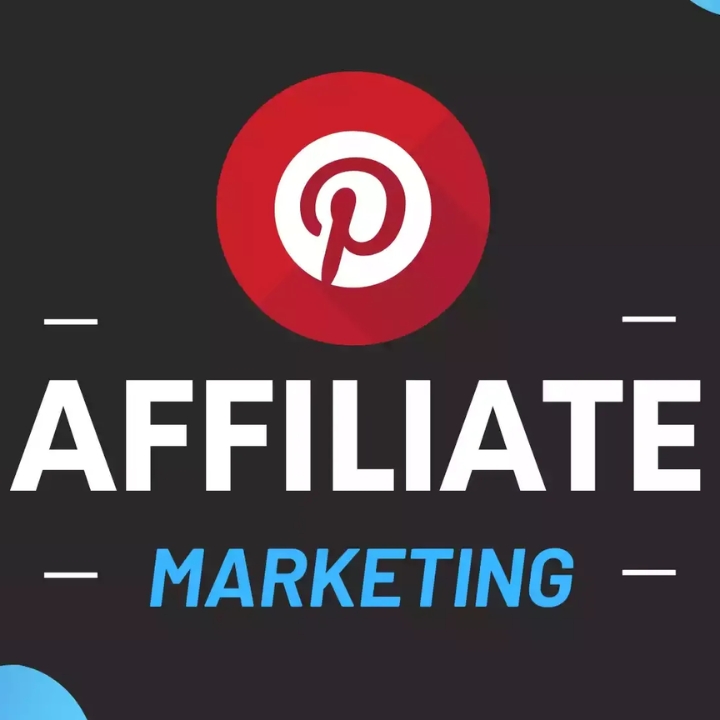In the world of digital marketing, Pinterest stands out as a unique and powerful platform. With its visually engaging format and a user base actively seeking inspiration and products, Pinterest offers an exceptional opportunity for affiliate marketers. Whether you’re new to affiliate marketing or looking to expand your reach, mastering Pinterest can significantly boost your profits. This blog post will guide you through the essentials of Pinterest affiliate marketing and how to turn your pins into profit.
Understanding Pinterest as a Marketing Tool:
Pinterest is not just a social media platform; it’s a visual search engine. Users, known as Pinners, use Pinterest to discover new ideas and products. This makes it an ideal platform for affiliate marketing, where the goal is to promote products and earn commissions on sales generated through your referral links.
Key statistics about Pinterest:
- Over 450 million active users worldwide.
- More than 2 billion monthly searches.
- 83% of weekly Pinners have made a purchase based on Pins they saw from brands.
These figures underscore the platform’s potential for driving traffic and sales, making it a goldmine for affiliate marketers.
Setting Up for Success: Optimize Your Pinterest Profile:
Your Pinterest profile is the foundation of your affiliate marketing efforts. A professional and well-organized profile will attract and retain followers who trust your recommendations.
- Profile Picture and Bio: Use a high-quality photo and write a clear, concise bio. Include relevant keywords that reflect your niche and expertise.
- Board Organization: Create boards that are specific to different categories or themes within your niche. This makes it easier for users to find and follow your content.
- Board Descriptions: Write keyword-rich descriptions for each board to improve searchability.
Crafting Click-Worthy Pins:
The success of affiliate marketing on Pinterest hinges on the quality and appeal of your Pins. Here are some tips for creating effective Pins:
- High-Quality Images: Use clear, high-resolution images that are visually appealing. Vertical images (2:3 aspect ratio) perform best on Pinterest.
- Compelling Titles: Craft attention-grabbing titles that entice users to click. Use keywords naturally within your titles.
- Detailed Descriptions: Include relevant keywords and a clear call-to-action in your Pin descriptions. This helps your Pins show up in search results and encourages users to click through.
- Rich Pins: Enable Rich Pins to provide more context about your product, such as real-time pricing and availability, making your Pins more informative and engaging.
Integrating Affiliate Links:
Pinterest allows affiliate links directly in Pins, but it’s essential to follow best practices and guidelines:
- Disclosure: Always disclose your affiliate relationship. Use hashtags like #affiliate or #ad to maintain transparency and comply with legal requirements.
- Link Placement: Ensure your affiliate links are correctly placed and functional. Test them regularly to avoid broken links, which can lead to lost commissions.
- Product Relevance: Only promote products that are relevant to your audience and that you genuinely endorse. This builds trust and encourages more conversions.
Leveraging Pinterest Analytics:
To maximize your efforts, you need to track and analyze your performance. Pinterest Analytics provides valuable insights into how your Pins are performing.
- Monitor Key Metrics: Track metrics such as impressions, saves, clicks, and overall engagement. This helps you understand which types of content resonate most with your audience.
- Adjust Strategies: Use these insights to refine your strategies. Focus on creating more of the content that performs well and adjust or discard what doesn’t.
Promoting Your Pins:
Organic reach on Pinterest can be substantial, but promoting your Pins can amplify your results. Pinterest offers advertising options to help your Pins reach a larger audience:
- Promoted Pins: Boost the visibility of your best-performing Pins by promoting them. Target your ads based on demographics, interests, and keywords to reach your ideal audience.
- Budget Management: Start with a small budget and scale up based on the performance of your campaigns. Regularly review and adjust your spending to optimize ROI.
Building and Engaging Your Audience:
An engaged audience is more likely to trust your recommendations and click on your affiliate links. Here’s how to build and maintain a loyal following:
- Consistency: Pin regularly to keep your audience engaged and attract new followers. Aim for a mix of original and curated content.
- Interaction: Engage with your followers by responding to comments, asking questions, and participating in group boards. This fosters a sense of community and loyalty.
- Email Integration: Use Pinterest to grow your email list. Offer valuable content or incentives to encourage users to subscribe, then promote your affiliate products through email marketing.
In conclusion Pinterest affiliate marketing offers a lucrative opportunity for those willing to invest the time and effort. By optimizing your profile, creating compelling Pins, strategically placing affiliate links, and engaging with your audience, you can turn Pinterest into a powerful profit engine. Remember to stay updated with Pinterest’s policies and trends to keep your strategies effective and compliant.




